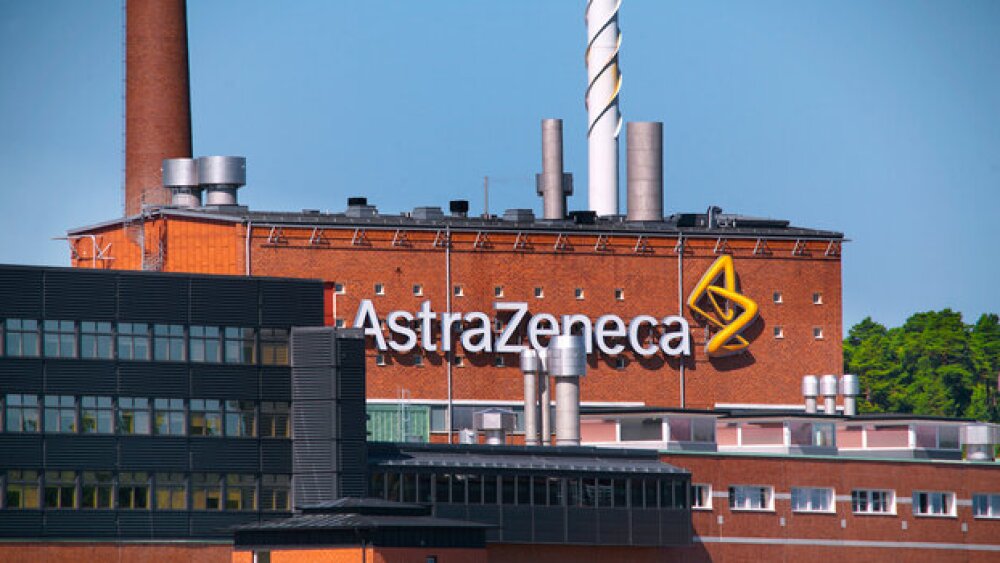Raising HDL cholesterol
Cardiovascular disease is one of the main causes of disease and death in industrialized countries. An important risk factor for cardiovascular disease has been shown to be high levels of LDL cholesterol and low levels of HDL cholesterol. Sinds the 1950’s, niacin (nicotinic acid) has been shown to significantly decrease LDL levels and to raise HDL levels.
Unfortunately, its undesired side effects (flushing) significantly interfere with patient compliance. Scientists understand the LDL lowering mechanism of niacin. Unfortunately, this is not the case for its HDL raising capacities. Whereas niacin is the most potent HDL-increasing compound currently available the underlying HDL-raising mechanism remained unknown. The recent research by Dr. van der Hoorn and colleagues provides more information about how niacin actually exerts its effect. Dr. van der Hoorn explains: "The unmet need for effective cardiovascular therapies is very significant. Our research elucidated the mechanisms underlying the potent HDL-raising effect of niacin, thus providing useful new information to help develop new drugs for this enormous potential patient group."
The study
For the study described in the prize winning paper, Van der Hoorn and colleagues used transgenic APOE*3Leiden.CETP mice that respond to HDL modulating interventions similarly to how humans respond to these treatments. The mice were fed a Western-type diet with or without increasing doses of niacin to reveal the mechanism of action underlying its HDL increasing effect.
In this mouse model niacin dose-dependently decreased plasma triglycerides (up to -77%, P<0.001) and total cholesterol (up to -66%, P<0.001). At the same time, niacin dose-dependently increased HDL-cholesterol (up to +87%, P<0.001), plasma apoAI (up to +72%, P<0.001), as well as the HDL particle size. In contrast, in APOE*3Leiden mice that do not express CETP, niacin also decreased total cholesterol and TG but did not increase HDL-cholesterol. In fact, in APOE*3Leiden.CETP mice, niacin dose-dependently decreased the hepatic expression of CETP (up to -88%; P<0.01) as well as plasma CETP mass (up to -45%, P<0.001) and CETP activity (up to -52%, P<0.001). In addition, niacin dose-dependently decreased the clearance of apoAI from plasma and reduced the uptake of apoAI by the kidneys (up to -90%, P<0.01).
Van der Hoorn and collegues concluded that niacin markedly increases HDL-cholesterol in APOE*3Leiden.CETP mice by reducing the CETP activity, as related to lower hepatic CETP expression and a reduced plasma (V)LDL pool, and increases HDL-apoAI by decreasing the clearance of apoAI from plasma.




